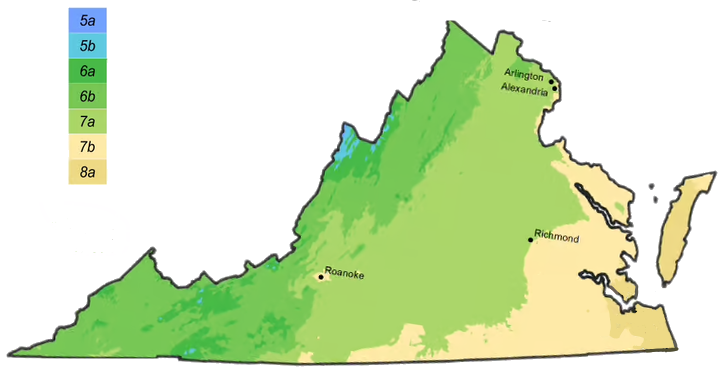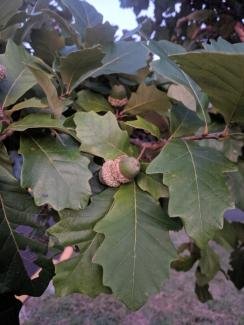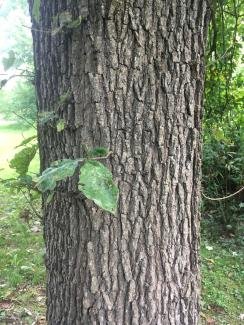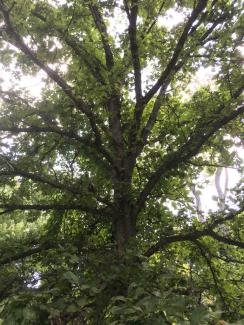
Habitat: Alluvial swamp forests, upland depression swamps, poorly drained flatwoods, and old fields, usually in imperfectly drained clay soils. Common in the northern piedmont; infrequent elsewhere in the piedmont and mountains, rare in the coastal Plain.
Wildlife value: Oak trees support a wide variety of Lepidopteran (butterflies and moths) and a wide range of insects which in turn feed the birds. The acorns, produced every 3 to 5 years, are eaten by woodpeckers, blue jays, small mammals, wild turkeys, white-tailed deer, and black bears and can be eaten by people after tannins are leached or boiled out. Plant NOVA Natives lists this species as particularly popular with the non-native honeybees
Notes: Difficult to transplant and establish. It may also require pruning of lower branches where height clearance is needed.
Earth Sangha Inventory
Founded in 1997, the Earth Sangha is a nonprofit public charity based in the Washington, DC, region. The Wild Plant Nursery is the most comprehensive source of local-ecotype, native plants in the Washington DC region, and the region’s only facility dedicated exclusively to this type of propagation. “Local-ecotype” plants are propagated from local, wild, naturally-occurring populations and are well-adapted to local conditions and for wildlife species that depend on the local forms, such as pollinators. Inventory is updated on a weekly basis so number may not be accurate.
| Pots Available | Plugs Available | Location | Notes | ||
|---|---|---|---|---|---|
| 215 | 0 | Row 1 | View My Wishlist |


